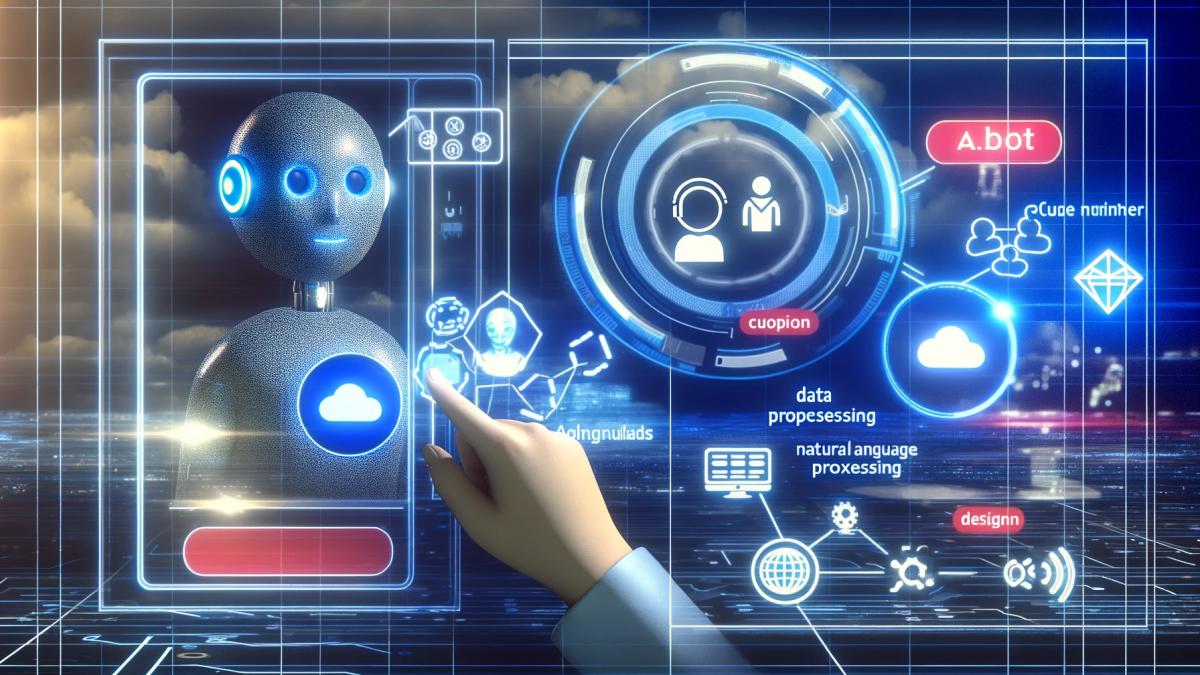Revolutionizing Customer Engagement: The Essential Guide to Building Effective Chatbots 🤖

Chatbots have become an integral part of customer service and engagement strategies across various industries.
Chatbots have become an integral part of customer service and engagement strategies across various industries. Their ability to automate conversations and provide instant responses 24/7 makes them invaluable for businesses looking to enhance customer experience. To build an effective chatbot system, it's essential to understand the basic elements that contribute to its functionality and user engagement. These elements can be broadly categorized into design and technical components.
Design Components
1. Purpose and Goals: Before developing a chatbot, it's crucial to define its purpose and the problems it aims to solve for your customers. This clarity helps in designing a chatbot that aligns with your business objectives and customer needs.
2. User Experience (UX) Design: The chatbot should have a user-friendly interface, with a design that reflects the company's branding and makes the interaction intuitive for users. This includes the use of colors, typography, and conversational UI elements like buttons and cards.
3. Conversational Flow and Scripts: Developing a conversational flow that feels natural is key. This involves scripting the dialogue in a way that's conversational, clear, and concise, guiding users through their journey with the chatbot.
4. Personalization and Contextual Understanding: Chatbots should be capable of delivering personalized experiences by understanding the context of the conversation and remembering user preferences.
5. Escalation to Human Agents: Despite advancements in AI, there are instances where human intervention is necessary. Providing an easy way for users to escalate the conversation to a human agent is crucial for complex queries or when the chatbot fails to understand the user's request.
Technical Components
1. Natural Language Processing (NLP) and Understanding (NLU): These AI technologies enable the chatbot to understand and interpret user input, allowing it to respond in a way that mimics human conversation.
2. Machine Learning (ML): ML allows chatbots to learn from interactions and improve over time, enhancing their ability to understand queries and provide accurate responses.
3. Integration Capabilities: Effective chatbots are integrated with backend systems (e.g., CRM, databases) and third-party services to pull information and perform tasks, such as booking appointments or processing payments.
4. Omnichannel Support: A chatbot should be accessible across various platforms where your customers are present, including your website, mobile app, and social media channels, providing a seamless experience.
5. Data Security and Privacy: Ensuring the security and privacy of user data is paramount. Chatbots should employ encryption, authentication, and authorization mechanisms to protect sensitive information.
6. Analytics and Reporting: To continuously improve the chatbot's performance, it's important to have analytics tools in place to track interactions, user satisfaction, and areas for improvement.
So remember, building an effective chatbot system requires a blend of well-thought-out design and robust technical components. By focusing on these basic elements, businesses can create chatbots that not only meet but exceed user expectations, driving engagement and satisfaction.
#MrAlohaAI #AIChatbots #CustomerService
Categories: : AI
 Billy Wigley
Billy Wigley 
